Art Deco emerged at the beginning of the 20th century as a reaction to the Art Nouveautoo bohemian and lavishly decorated for a period characterized by industrial development. It dominated the 20s and 30s, with a rather spectacular comeback in the 50s and 60s. It was seen in everything from architecture and furniture to the design of jewelry, household objects, cars and even ocean liners. Despite the relatively short period, the style evolved from one characterized by the use of expensive materials and luxurious looks, to a more restrained style, with a strong focus on utility.
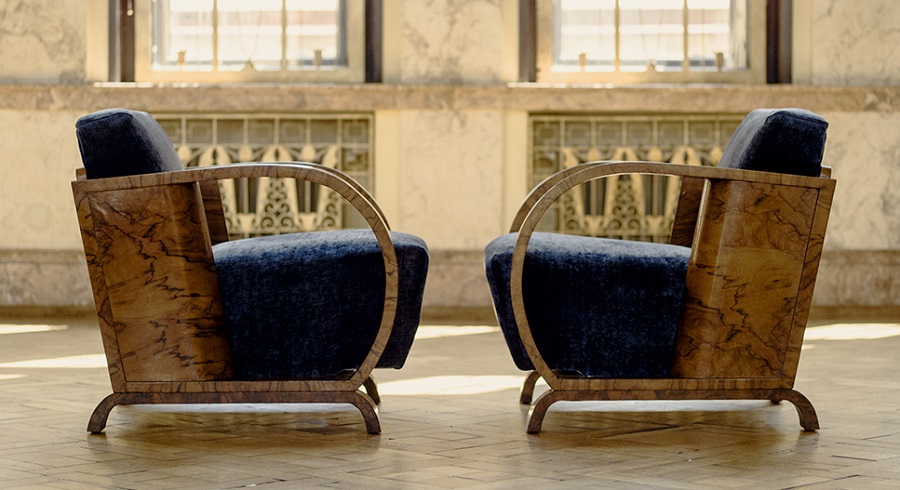
The first truly international style
Art Deco emerged in France just before the outbreak of the First World War, but developed after the end of the war, when the desire for life and fun influenced the characteristics of the period. The name is short for Decorative Arts (decorative arts), name used in International Exhibition of Modern Decorative and Industrial Arts (International Exhibition of Modern Decorative and Industrial Arts), held in Paris in 1925. Unlike earlier styles, influenced by the talent of an ebenist (Sheraton)philosophical or religious trends (Baroque) or the will of a ruler (Empire), Art Deco is just a decorative style. This, together with the advent of fast means of transportation (airplanes, ocean liners, cars), made Art Deco the first style in art, architecture, design and furniture to go international.
Immediately after the war, style manifested itself in luxury and precious materials. It was a time of hope, of recovery, of accelerated industrial development, and the style represented brilliance, exuberance and confidence in progress and technology. With the Great Depression of the 1930s, the style became more austere, more restrained, keeping the same strong geometric lines. The Art Deco period ended with the outbreak of the Second World War, and its place was taken by the modern style, which focused on functionality and simple lines.
The style had a great influence on architecture and construction. It was the period when the use of reinforced concrete allowed the construction of tall buildings and led to the emergence of skyscrapers. One of the iconic buildings of the style is the Chrysler Building in New York. In Bucharest, the Telephone Palace on Calea Victoriei is built in Art Deco style. Built between 1929 and 1934, it was the tallest building in the capital at the time and is now a historical monument.
Art Deco in furniture
Art Deco furniture is defined by perfect symmetry, geometric patterns, sharp edges, parallel lines, simplified shapes, harmonious light and symmetrical curves, combination of wood with modern materials (copper, aluminum, stainless steel), flat and glossy surfaces, strong colors. In the period of luxury on display wagonsmakassar (a species of ebony from southern Africa), palisander, paltin or nuc, this is one of the elements of recognition of the furniture made in that period.
Thin sheets of zebrano veneer, mahonwalnut, walnut root or rosewood cover the less valuable wood. Designs inlaid with ivory, brass or mother-of-pearl appear on the surfaces. There are no rich decorations, the legs of chairs, sofas or cupboards are straight, in keeping with the vertical lines of the furniture.
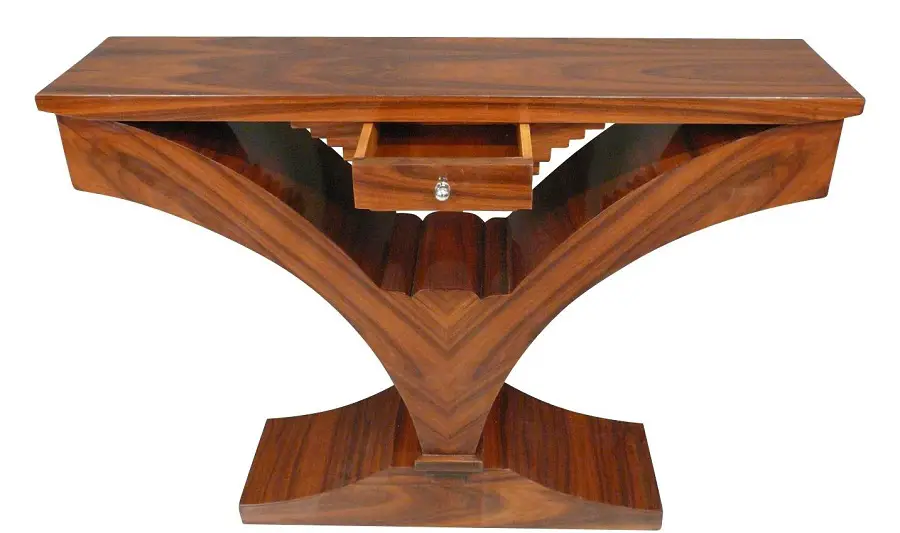
The emergence of modern materials has not gone unnoticed by the creators of Art Deco furniture. Some pieces incorporate aluminum or chrome elements. Tables, wardrobes and chests of drawers have smooth, high-gloss surfaces made with successive coats of lacquer. The perfect reflection of light emphasizes the novelty and modernity of the furniture. Bold, strong colors like black and red are used. Natural leather, sometimes even snakeskin or crocodile skin and exotic furs are used to upholster chairs and sofas.
Between 1930-1940, under the influence of the world crisis and famous architects who condemned luxury (Le Corbusier), the style was tempered. Plywood veneered with light-colored exotic woods such as rosewood or rosewood. Furniture took on more curved lines, with rounded edges suggesting flow. The sober lines of Biedermeier style inspired furniture designers of the period. Changes in materials and a move away from luxury made furniture much more affordable, with such elegant pieces finding their way into the possession of the average person. Much of the furniture now inherited from grandparents and great-grandparents is Art Deco.
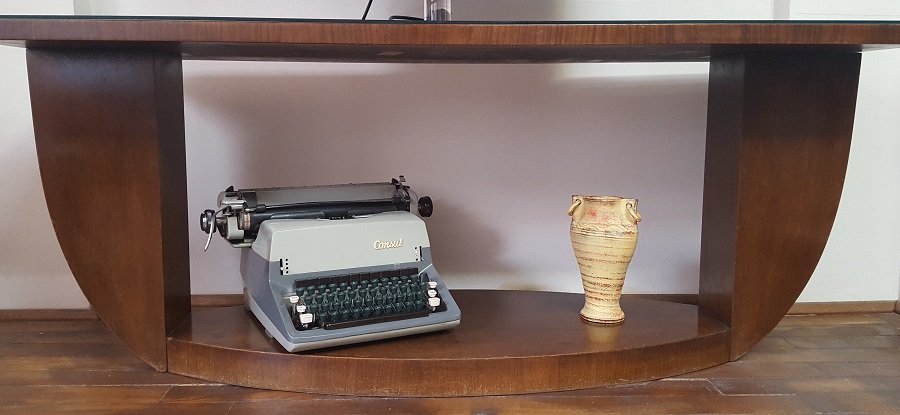
Interior and object design
The emergence of the style in the 1920s led to the development of the great Paris department stores. Decorating departments were set up to offer customers everything from large pieces of furniture to lighting fixtures, curtains and other materials to decorate their homes or apartments. Interior design thus became an occupation in itself, with shops hiring more and more architects to satisfy customers' need for luxury and modernity.
In the years that followed, household objects also began to be made to fit in with the space in order to create a more unified look. This gave rise to object design, later extended to cars, trains and even ships. The flowing lines and geometric shapes of the Art Deco style extended to the wooden casing of the radio, the cooker or vacuum cleaner, and the dashboard or shape of the automobile. The bullet shape of the bodywork of the period emerged, and was revived in the '50s. Stainless steel, brass and bakelite were increasingly used, with wood being the usual combination.
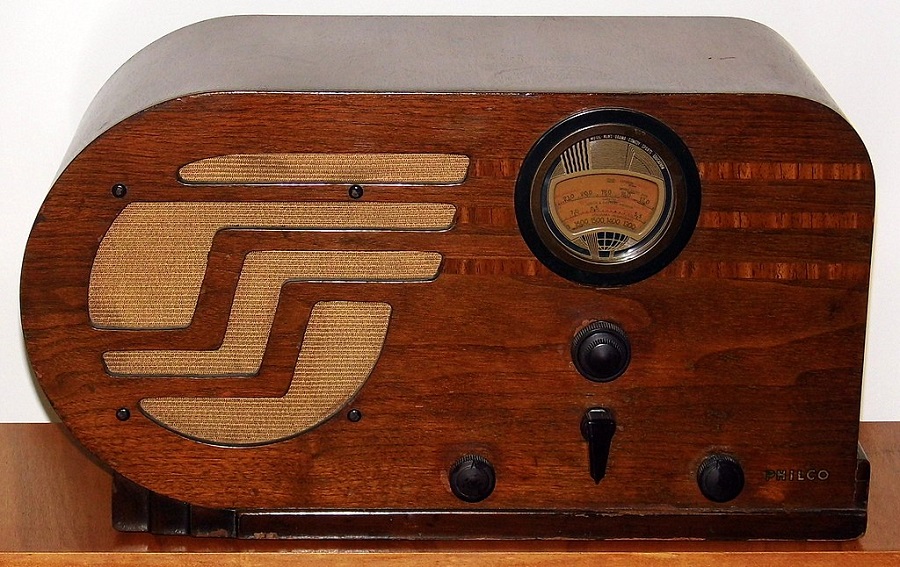
Art Deco, despite its start in luxury and opulence, made the transition to modern, simple and functional furniture. The style has been present in all artistic fields - architecture, jewelry, fashion, sculpture, sculpture, painting, graphic arts, glassware - as well as in the industrial field, making its mark on a wide variety of objects.


























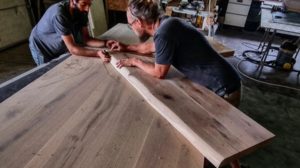



Add comment